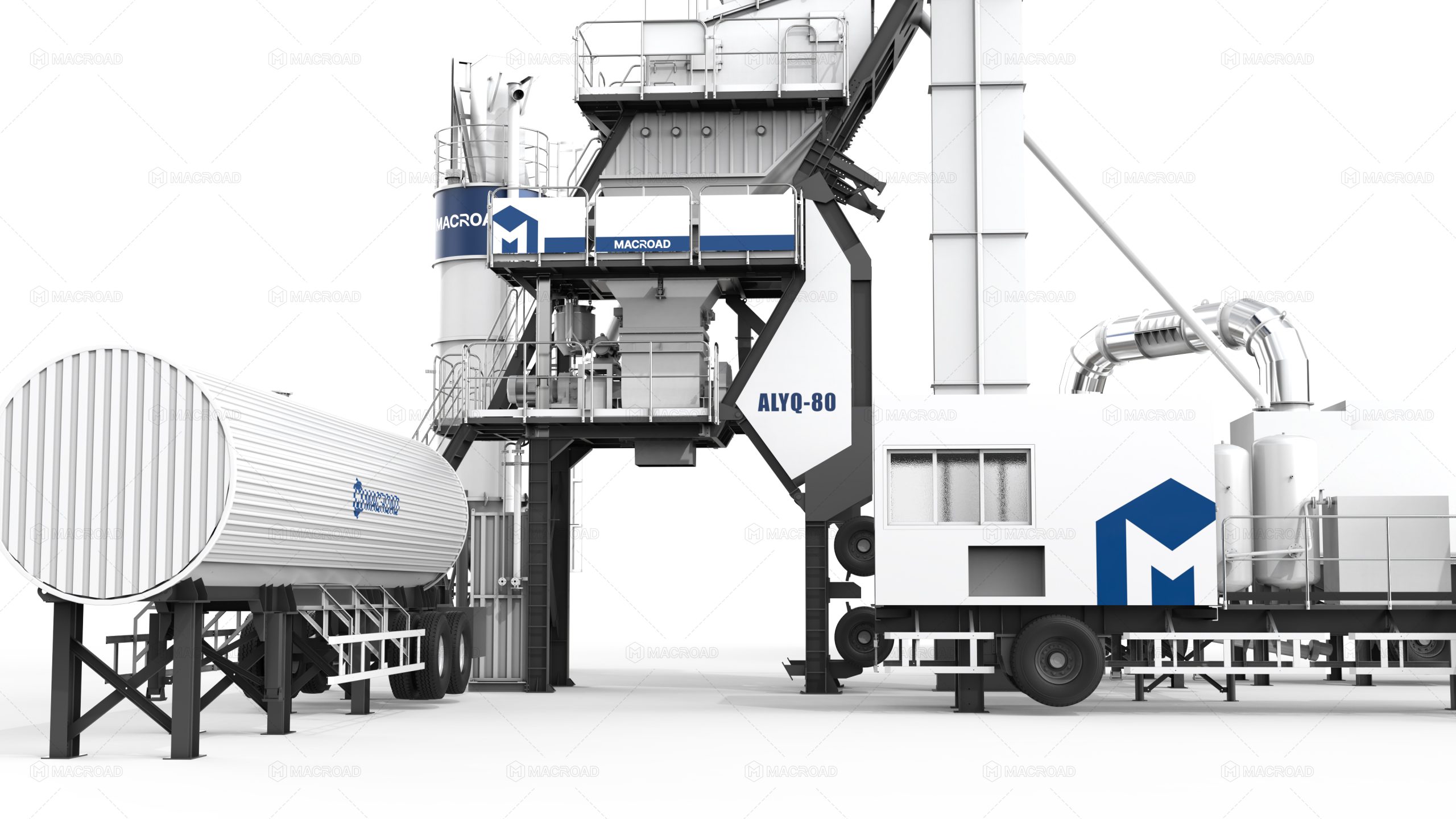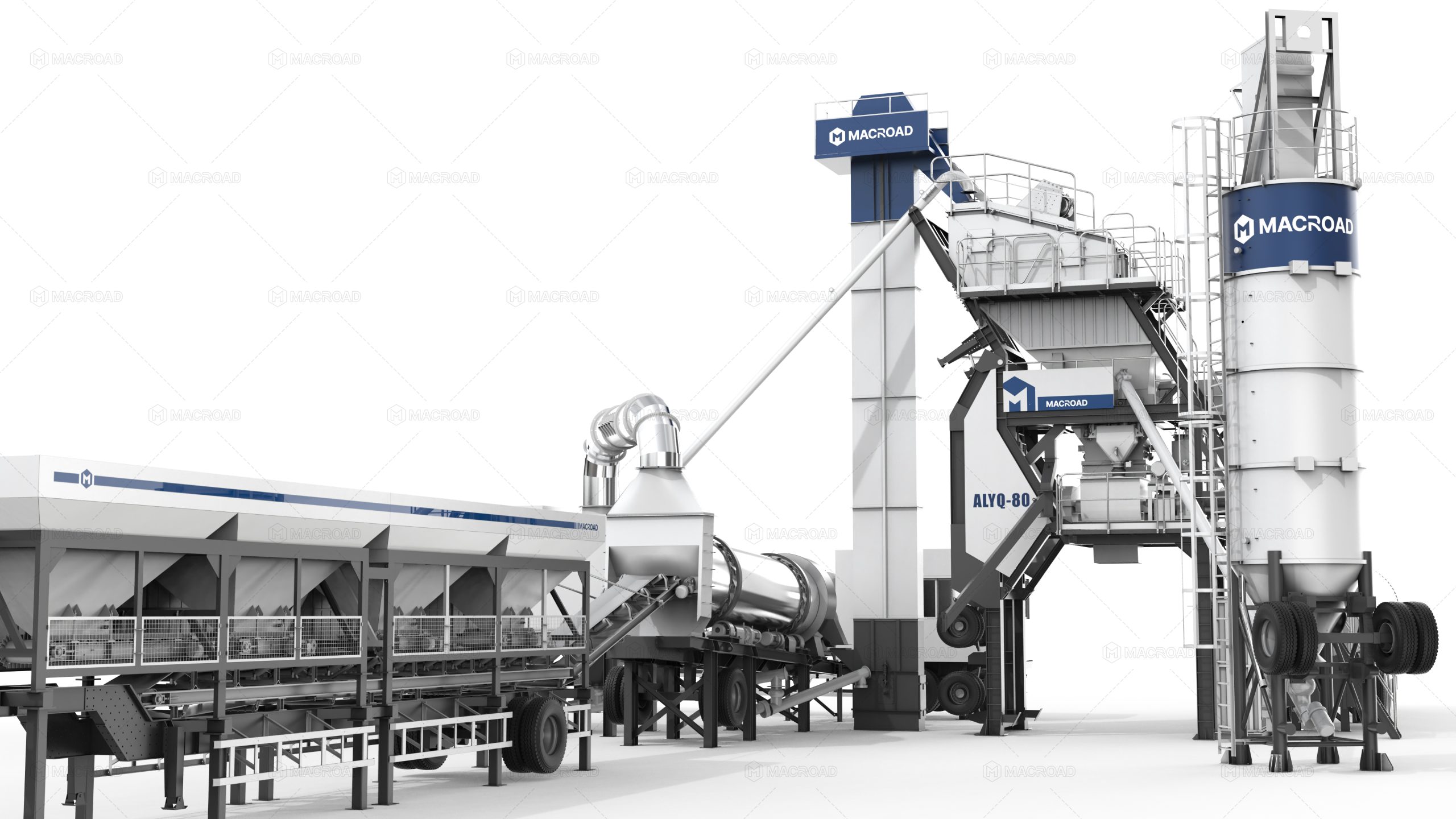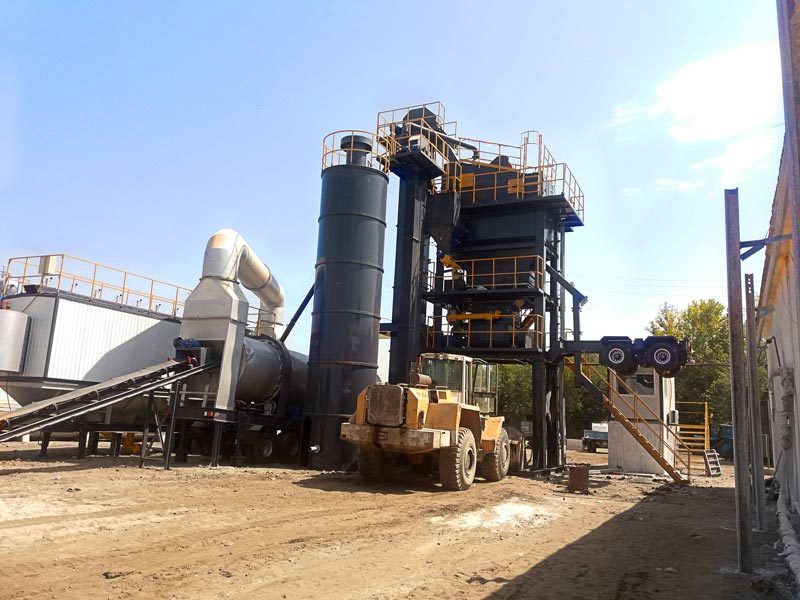When it comes to asphalt plant in mountainous terrain, the choice between mobile and portable asphalt plants can significantly impact efficiency and project outcomes. Both types of plants have their advantages, but understanding the specific needs of mountainous environments is crucial for making informed decisions. This article explores the efficiencies of mobile versus portable asphalt plants, focusing on user-centric considerations and practical applications.

Advantages of Mobile Asphalt Plants in Mountainous Areas
Mobile asphalt plants are designed for flexibility and mobility, making them particularly advantageous in challenging terrains. One of the primary benefits is their ability to be relocated quickly and easily. In mountainous regions, where access can be limited and project sites may frequently change, the mobility of these plants allows operators to set up production closer to the job site. This reduces transportation costs and minimizes delays associated with long-distance hauling.
Additionally, mobile plants often feature compact designs that make them easier to transport and install in rugged landscapes. Their ability to operate on uneven ground without extensive site preparation is invaluable in mountainous areas. This adaptability not only saves time but also enhances safety by reducing the risks associated with complex logistics.
Furthermore, asphalt mixing plant mobile can maintain high production rates while being energy-efficient. They are equipped with advanced technology that allows for real-time monitoring and adjustments, ensuring that the mix meets the required specifications. This capability is crucial in mountainous projects, where varying conditions can affect the quality of asphalt.

Portable Asphalt Plants: Benefits and Limitations
Portable asphalt plants, on the other hand, are typically designed for more permanent setups but can still offer advantages in specific scenarios. They may provide larger production capacities compared to mobile plants, making them suitable for extensive projects requiring high output. However, their fixed nature means they are less adaptable to the shifting demands of mountainous terrain.
One of the benefits of small portable asphalt plant is their ability to handle a wider range of aggregate sizes and types, which can be essential in mountainous areas where material availability may vary. This flexibility can lead to higher-quality asphalt mixes that perform better under the unique stresses encountered in hilly or uneven landscapes.
Nonetheless, the limitations of portable plants in mountainous terrain should be noted. Their installation often requires more extensive site preparation, which can be time-consuming and costly. Additionally, transporting these larger units can be challenging in areas with narrow roads or steep inclines, potentially leading to delays in project timelines.

User-Centric Considerations for Asphalt Plant
When deciding between mobile and portable asphalt plants for asphalt production in mountainous terrain, several user-centric factors should be considered. The project’s scope, timeline, and environmental conditions all play crucial roles in this decision-making process. For instance, if a project involves multiple locations or frequent site changes, mobile plants may offer the necessary flexibility and efficiency.
Moreover, the local workforce’s familiarity with the equipment can influence productivity. If operators are more experienced with one type of plant over the other, this knowledge can lead to more efficient operations. Training and support should also be factored into the decision, as investing in personnel development can maximize the benefits of the chosen technology.
Additionally, economic considerations cannot be overlooked. While asphalt mixing plant cost may have higher initial costs due to their advanced technology and features, their ability to reduce transportation and setup costs can lead to overall savings. Conversely, if a project requires sustained high output over an extended period, the larger capacity of portable plants may justify their costs.
Conclusion
In conclusion, the efficiency of mobile versus portable asphalt plants in mountainous terrain depends on a variety of factors, including project scope, site conditions, and operational flexibility. Mobile plants excel in their adaptability and quick setup, making them ideal for dynamic environments, while portable plants offer higher production capacities for more stable projects. By carefully evaluating the specific needs of each project, operators can make informed decisions that optimize efficiency and enhance overall project success. Embracing the right technology not only drives productivity but also contributes to safer and more effective asphalt production in challenging terrains.
